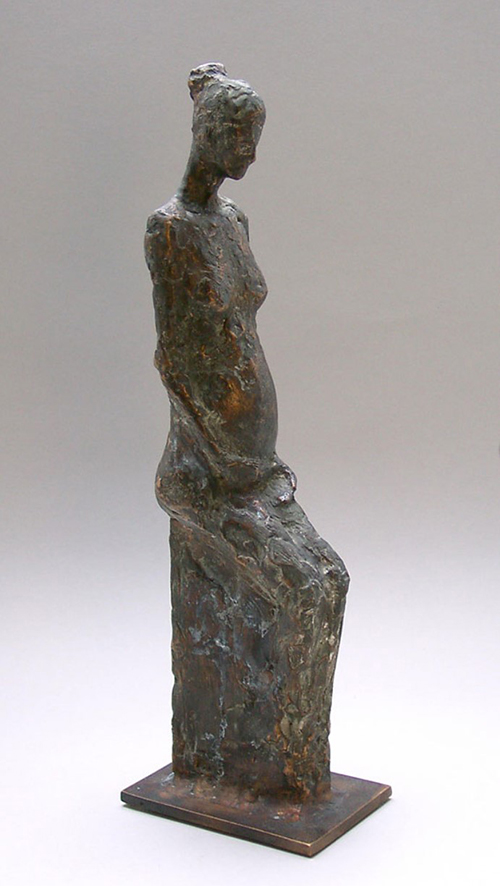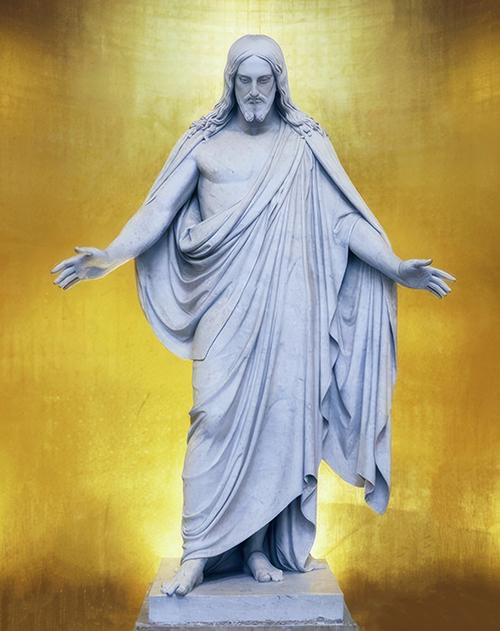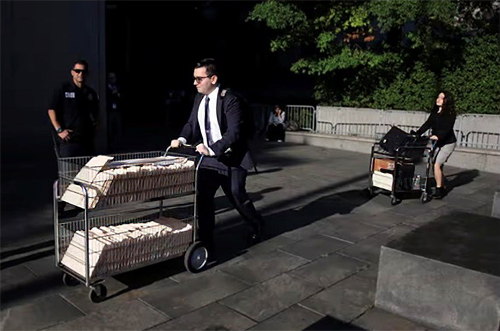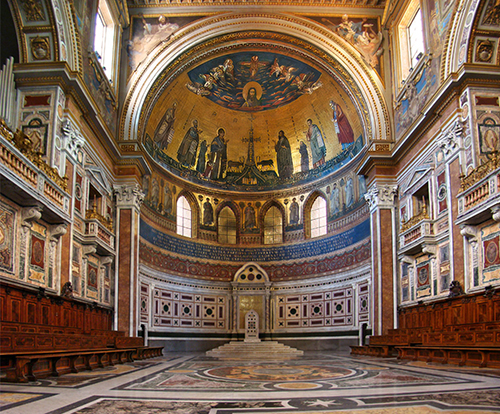We are approaching a time of year many describe as “the silly season.”
The term derives from the newspaper industry and extends beyond Christmas itself to include all of summer. It is regarded as the season when newspapers often publish trivial material because of a lack of important news.
This time of year, for many, is also a time of much busyness and movement.
The shops have extended trading hours, and shopping malls have music playing from “Silent Night” to “Jingle Bells.” Children are visiting Santa and putting in their requests. Individuals and families are planning travel and Christmas dinner, deciding where to put the tree and which religious service to attend this year.
Silly and busy are not synonyms, but they do seem to sit together over this time of year.

There is a book published with the title “A Child in Winter: Advent, Christmas, and Epiphany with Caryll Houselander” (2000).
At the beginning of the book, the editor, Thomas Hoffman, writes: “Standing at the threshold of another Advent, we hear the invitation of Christ: ‘Come away to a deserted place and rest awhile.’ And so we begin our season of growth and expectation – a time to secret ourselves with Mary, to join our hearts with hers, and to grow pregnant with God together. God invites us to a quiet place of reflection and bounty. This Advent, choose some time for silence. Make space within yourself to grow large with the abundance of God’s favor. Make this a time to fill your lungs deeply with God so that you can breathe Christ into the world.” (p. 8)
My imagination was captured by the phrase “grow pregnant with God together.”
Much attention is given, liturgically and in the hustle and bustle of parish life, to making ready for the celebration of Christmas.
I suggest we spend these four weeks of Advent journeying with Mary. Remember, without her Christmas wouldn’t happen.
Our religious images of Mary during her pregnancy so often offer us a demure, self-assured young woman.
What must it have been like for Mary to attempt to explain to her parents, her relations and friends what had happened, what was happening?
Then to engage with her mother and other women of the village in monitoring the signs of being pregnant: a missed period, swollen breasts, fatigue, nausea and irritation.
Recall or speak with a mother and become involved with the physicality of pregnancy.
The season we call Advent is indeed a very physical time.
Journey with Mary this Advent.



